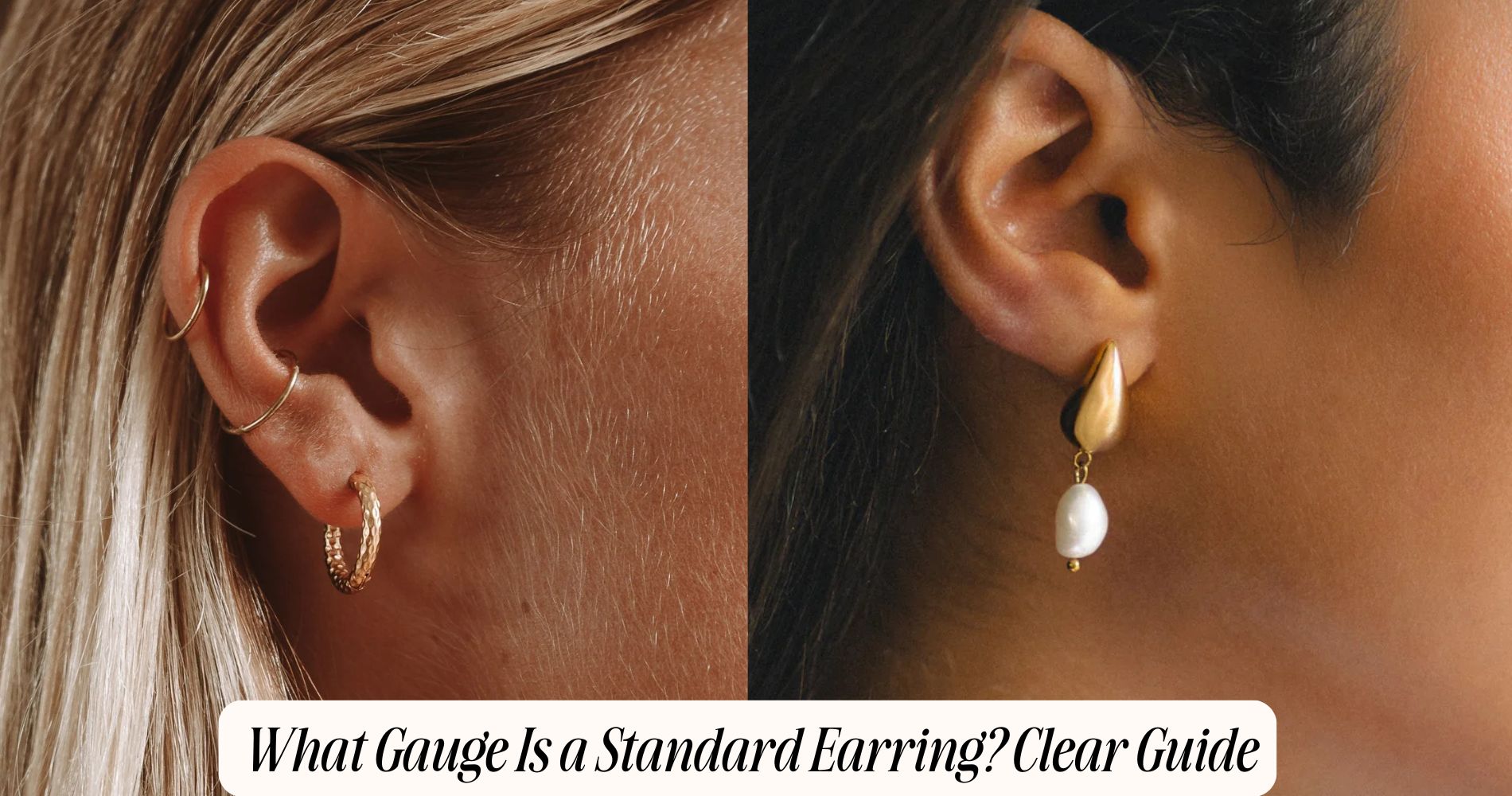
What Gauge Is a Standard Earring? Clear Guide
If you’ve ever wondered what gauge is a standard earring, the answer typically ranges from 20 to 18. The most common is 20 gauge, offering a slender post that minimizes tissue trauma while ensuring all-day comfort. Understanding these gauge sizes helps you choose earrings that fit perfectly and reflect your style. Explore our female hoop earrings to discover designs that match your ideal fit—because even the smallest details can make a big difference in your jewelry experience.
Understanding Earring Gauges
When you're delving into the world of earring gauges, understanding the measurement system is essential. Earring gauges refer to the thickness of the jewelry piece that passes through the piercing.
It's a vital factor when selecting earrings, as it affects both comfort and appearance. Gauges are inversely numbered; a smaller gauge number indicates a thicker earring.
Different jewelry styles and earring materials, such as gold, silver, or surgical steel, can be tailored to specific gauges, enhancing both durability and aesthetic appeal.
This system helps you choose the right fit for your piercings, ensuring the desired look and feel. Mastering these details allows you to navigate through various earring options confidently, matching your personal style and maintaining healthy piercings.
Standard Gauge for Ear Lobe Piercings
In the domain of ear lobe piercings, the standard gauge typically ranges from 20 to 18 gauge, with 20 gauge being the most common size for regular ear piercings. This sizing guarantees comfort and compatibility with most earring styles available.
A 20-gauge needle is generally used for initial piercings, facilitating a smooth healing process and minimizing tissue trauma. The 18-gauge size is sometimes chosen for those seeking a slightly thicker earring post, offering increased durability and a different aesthetic.
Different piercing types, such as stretched lobes, may require larger gauges, yet the 20 to 18 range remains foundational. Understanding these standard sizes is vital when selecting earrings, confirming they fit comfortably within your ear lobe and align with your personal style preferences.
Gauge Sizes for Cartilage and Other Piercings
Cartilage piercings typically require a different gauge size compared to standard ear lobe piercings, commonly ranging from 16 to 14 gauge. This size accommodates the cartilage's thickness, which is generally denser than soft lobe tissue.
You might find that the piercing industry's shift towards cartilage piercings' popularity demands understanding these specific gauges. The 16-gauge is generally used for helix and tragus piercings, offering a balance between comfort and aesthetic appeal.
Meanwhile, a 14-gauge is preferable for industrial or conch piercings due to increased cartilage thickness and structural support. Recognizing the appropriate gauge size is essential, as it guarantees proper healing and minimizes complications.
How to Measure Earring Gauge
Understanding how to measure an earring gauge is vital for guaranteeing a comfortable fit and promoting proper healing.
Start by determining the thickness of the earring post. Use a digital caliper for precise measurement. Insert the earring post between the caliper jaws and note the width in millimeters. Earring gauge sizes are often converted from millimeters, so knowing this conversion is essential.
Thicker posts have lower gauge numbers. Consider the earring materials, as different substances might vary slightly in size due to manufacturing processes.
For accurate piercing care, always compare your measurements with a standard gauge chart to verify compatibility with your piercing. Proper measurement helps maintain the integrity of your piercing and supports ideal healing conditions.
Choosing the Right Gauge for Comfort
Selecting the appropriate earring gauge is essential for guaranteeing not only comfort but also ideal healing. When considering gauge, you must weigh comfort considerations and personal preferences carefully.
A standard earring typically ranges from 20-gauge (0.8mm) to 18-gauge (1.0mm). Smaller gauges (higher numbers) are thinner and often more comfortable for those new to piercings or with sensitive lobes.
Personal preferences play a significant role; some prefer the subtlety of smaller gauges, while others might opt for a thicker gauge, appreciating the aesthetic or feel.
Always assess your skin's elasticity and sensitivity: a snug fit reduces irritation. Remember, a well-chosen gauge promotes faster healing and diminishes discomfort.
Your choice should balance style desires with skin compatibility to guarantee lasting satisfaction.
Tips for Adjusting to Different Gauges
When you're shifting to different earring gauges, it’s essential to approach the process with patience and care to guarantee comfort and prevent injury.
Start by understanding gauge conversion; it involves moving between different thicknesses measured in millimeters. Gradually increase the gauge size to avoid tissue damage—typically advancing only one size at a time.
Employ high-quality lubricants like jojoba oil for a smoother changeover. Prioritize piercing care by cleaning your piercings with saline solution to prevent infection.
Monitor for signs of irritation or discomfort. If you experience pain or swelling, revert to a smaller gauge and consult a professional piercer.
Frequently Asked Questions
Can Wearing Heavy Earrings Change My Earring Gauge Over Time?
Yes, wearing heavy earrings can stretch your piercings over time. The long-term consequences include potential changes in your earring gauge, leading to larger holes and skin thinning. Monitor heavy earring effects to prevent undesirable stretching.
Are There Specific Gauges for Hypoallergenic Earrings?
Yes, hypoallergenic materials often come in standard gauge recommendations. Typically, 20-gauge earrings are common for hypoallergenic options, reducing irritation risks. Always check the manufacturer's specifications to guarantee compatibility with your skin's sensitivity and personal comfort.
Do Different Cultures Use Different Standard Earring Gauges?
Yes, different cultures do use various standard earring gauges, reflecting their cultural significance and traditional styles. You’ll find specific gauges in indigenous tribes or Asian cultures, each representing unique heritage, ceremonial practices, and aesthetic preferences.
How Do Earring Gauges Vary Between Different Jewelry Brands?
Earring gauges vary by brand due to differing gauge standards, with some brands favoring thinner or thicker sizes. You should consult brand variations for precise measurements, as specific standards can influence the comfort and fit of earrings.
Can Pregnancy Affect My Earring Gauge Size?
Pregnancy can affect your earring gauge size due to hormonal changes and fluid retention, which may cause temporary gauge changes. You might notice swelling that slightly alters how earrings fit, but typically, these effects aren't permanent.
Conclusion
In selecting the right earring gauge, it’s crucial to balance comfort and style. For standard ear lobe piercings, a 20-gauge is typically ideal, offering both ease of wear and versatility. Cartilage piercings often require smaller gauges, like 16- or 18-gauge, to accommodate different healing needs. Always measure accurately using a caliper or gauge wheel, ensuring precision. Adjust gradually if exploring different sizes to prevent discomfort or tissue damage, maintaining optimal ear health and aesthetic appeal.


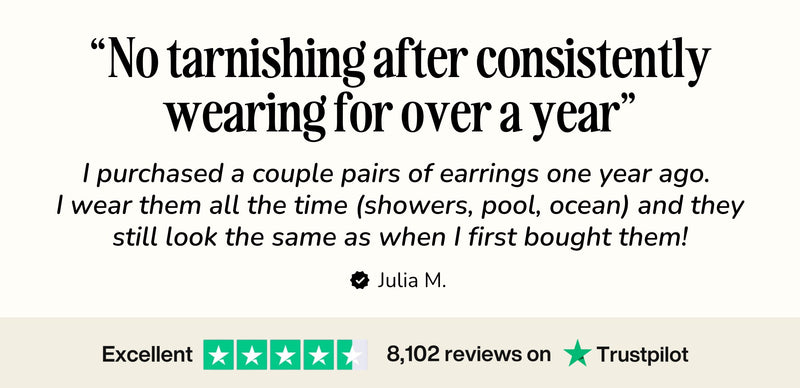



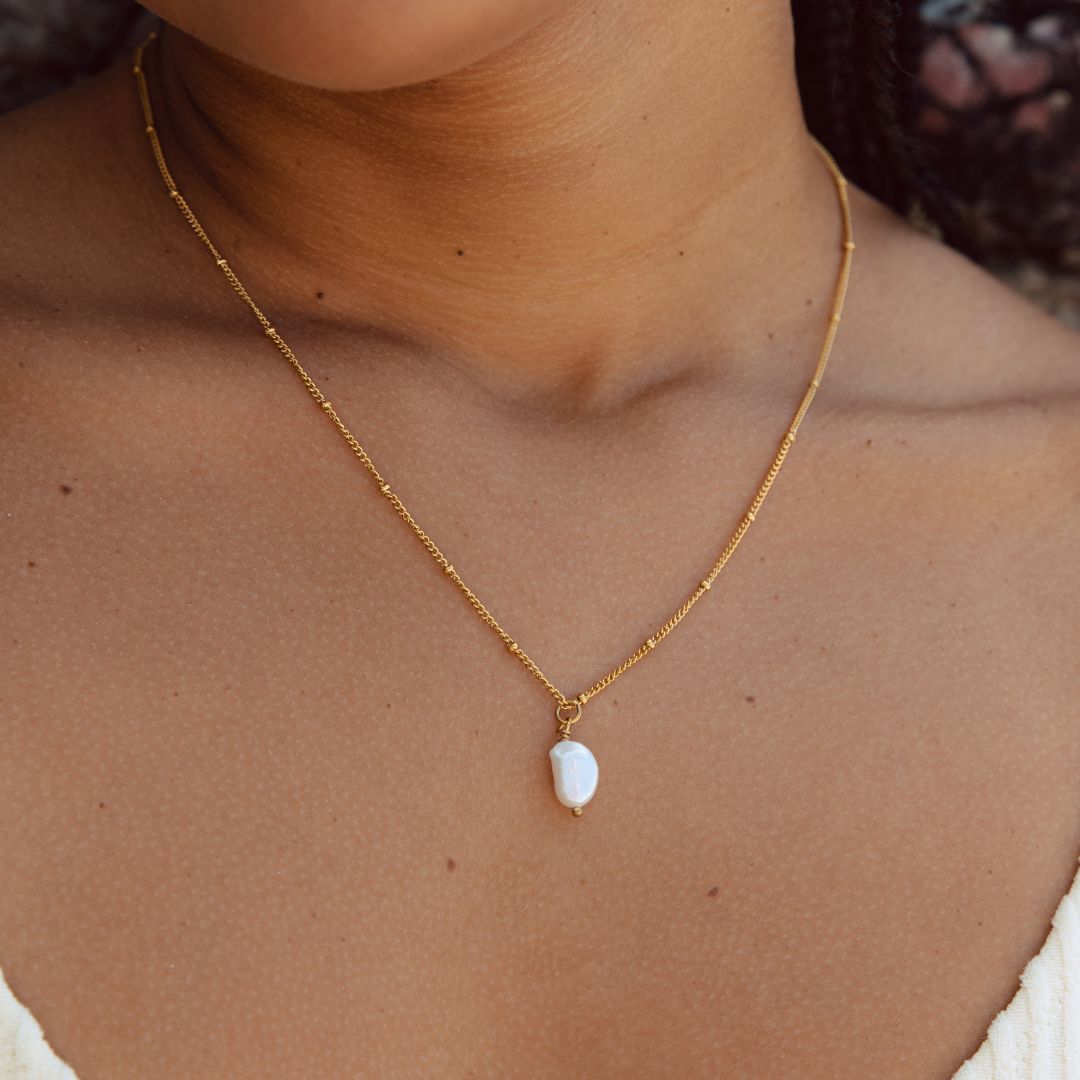
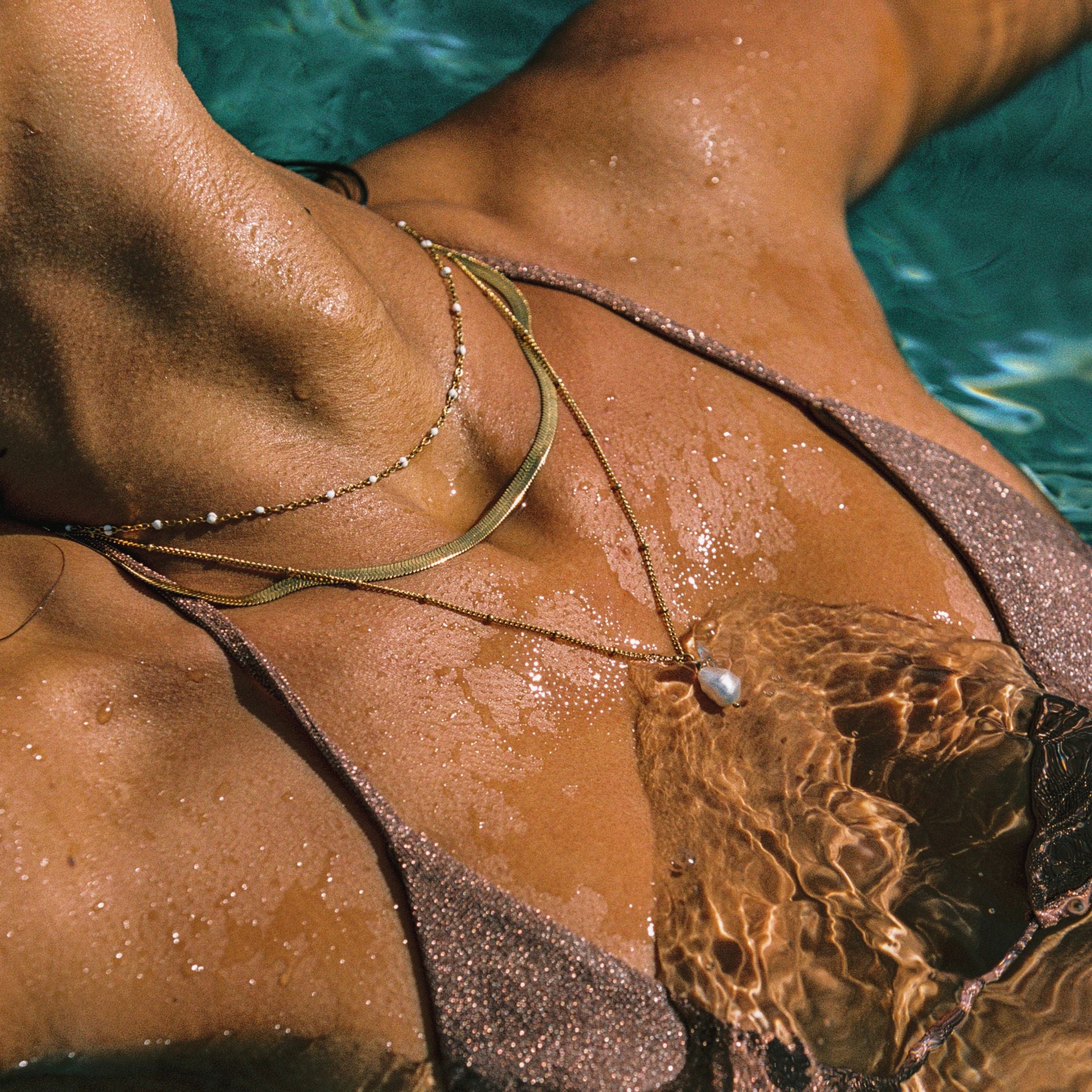
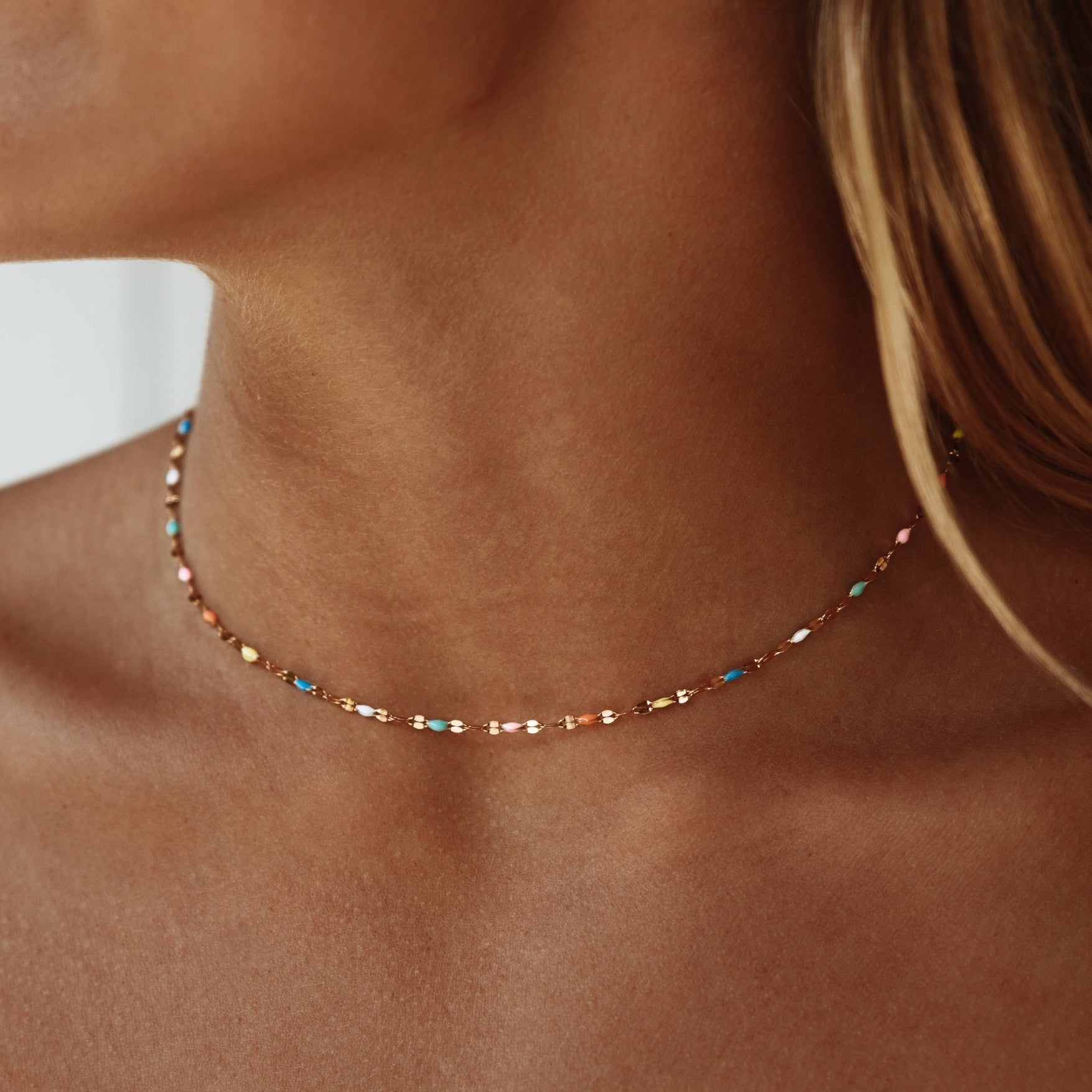
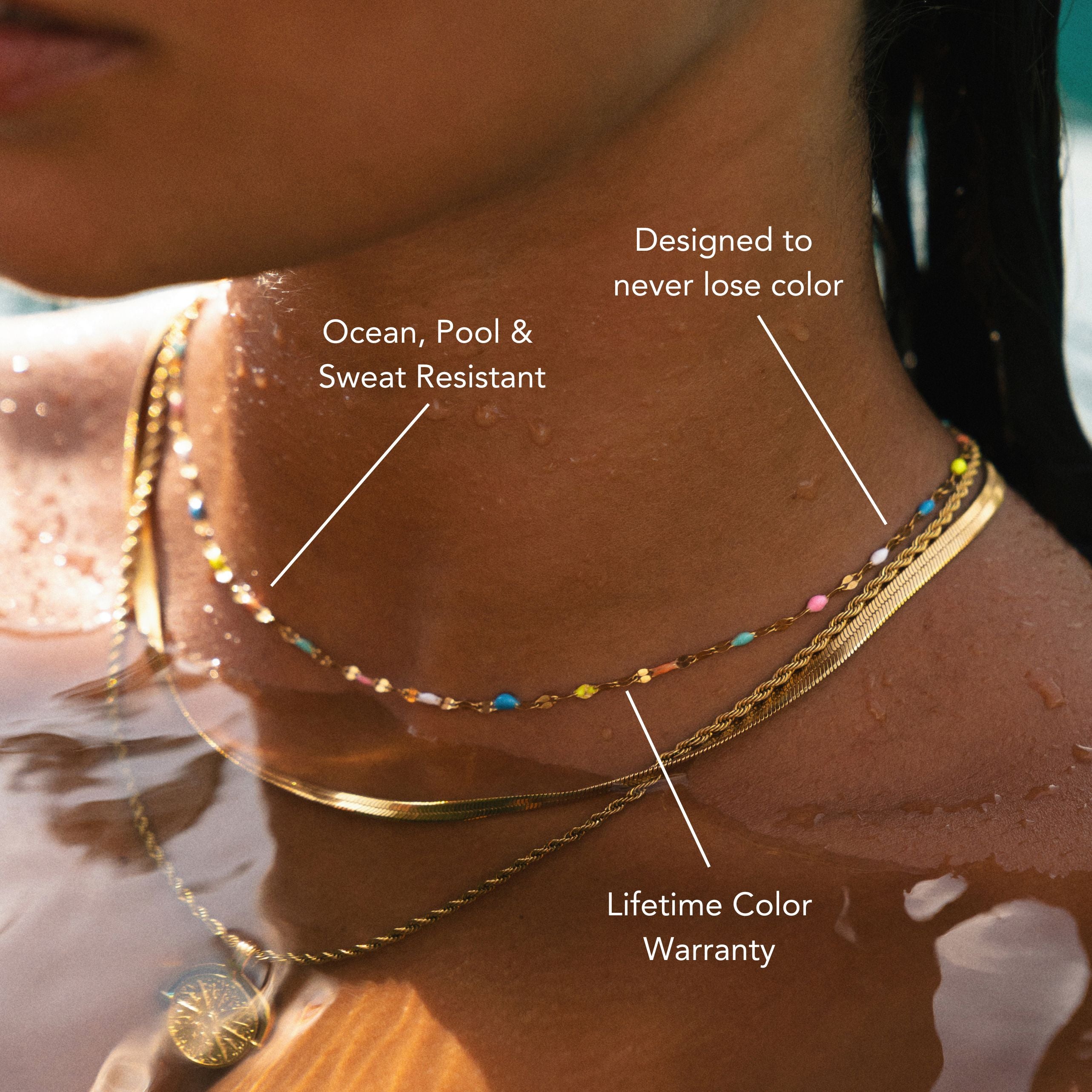
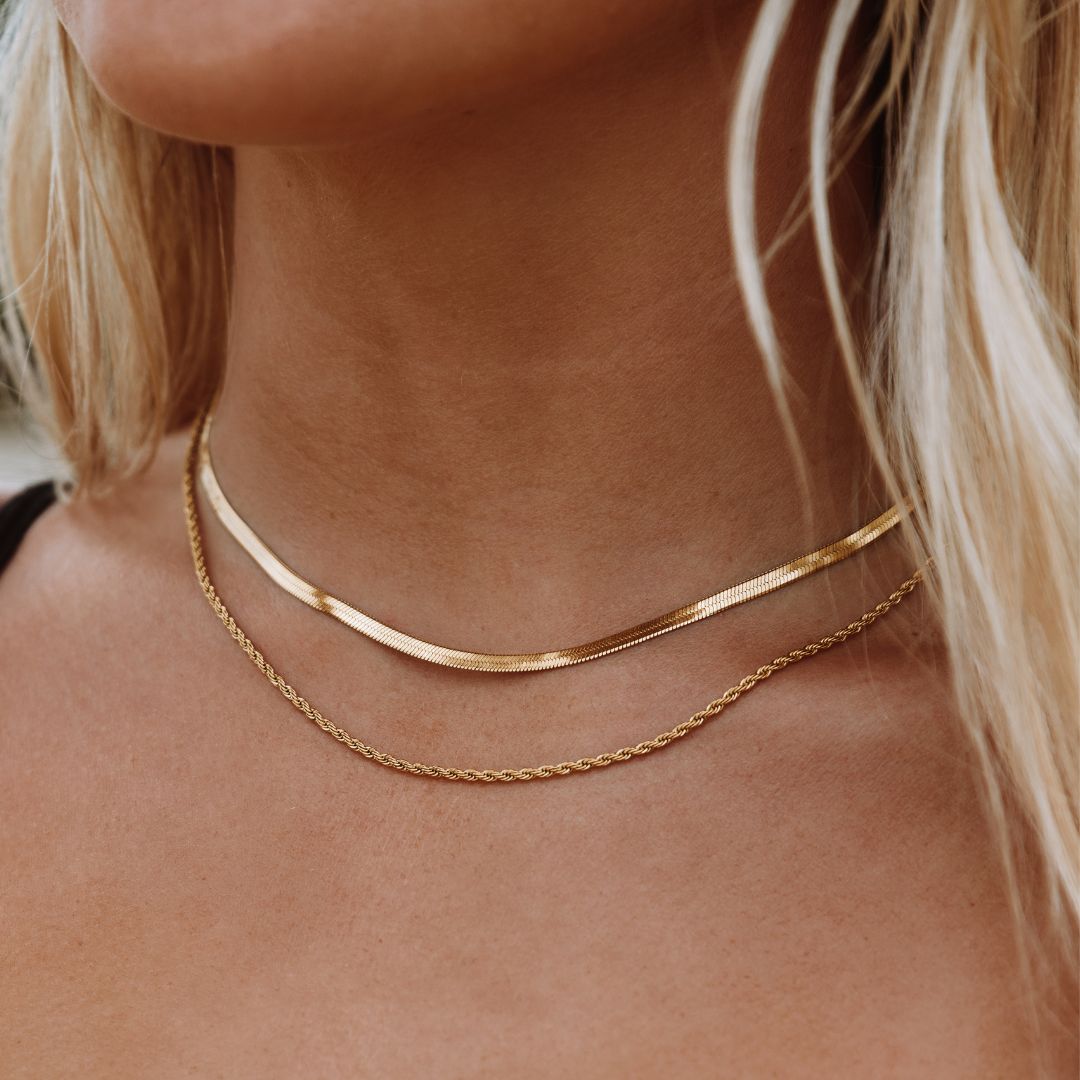
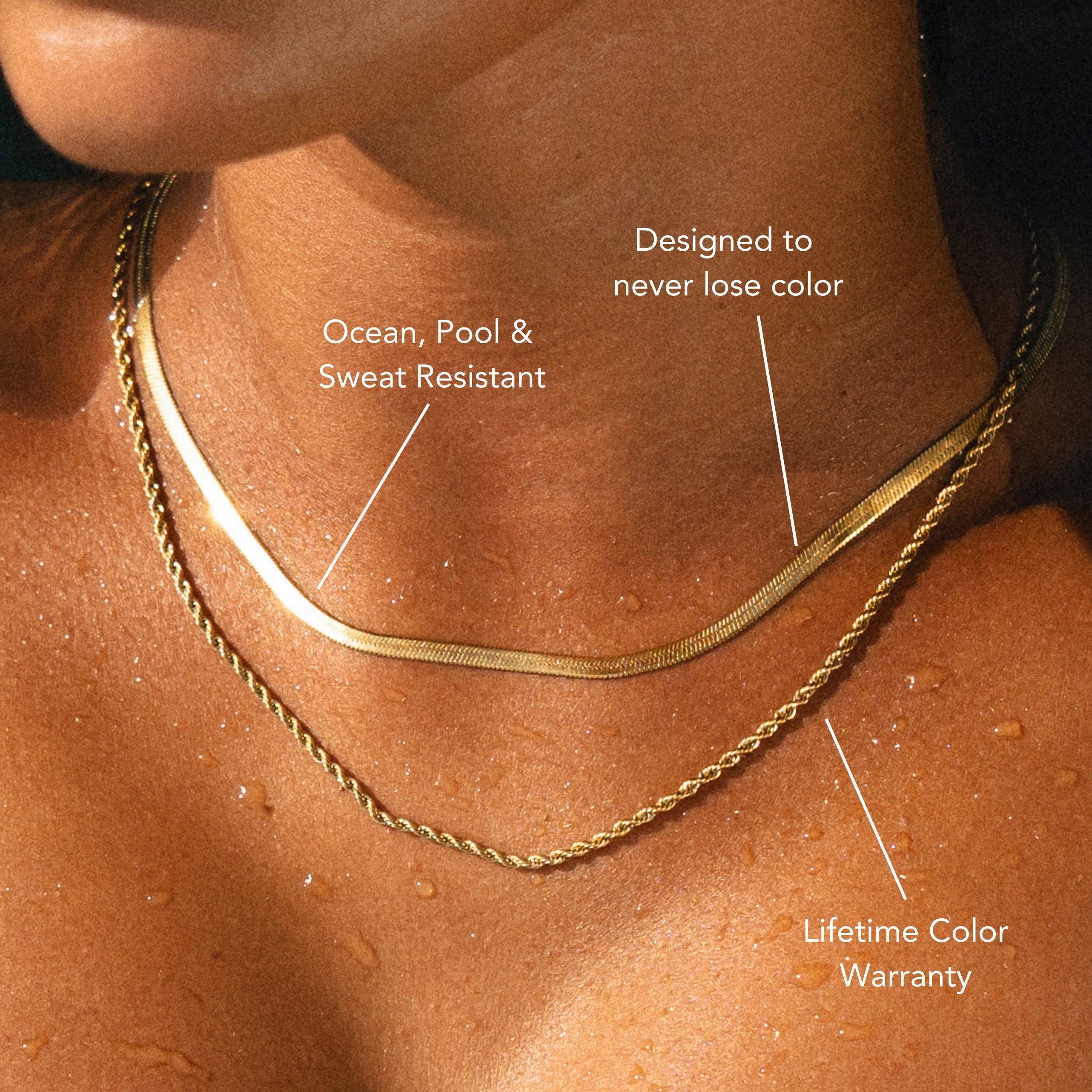
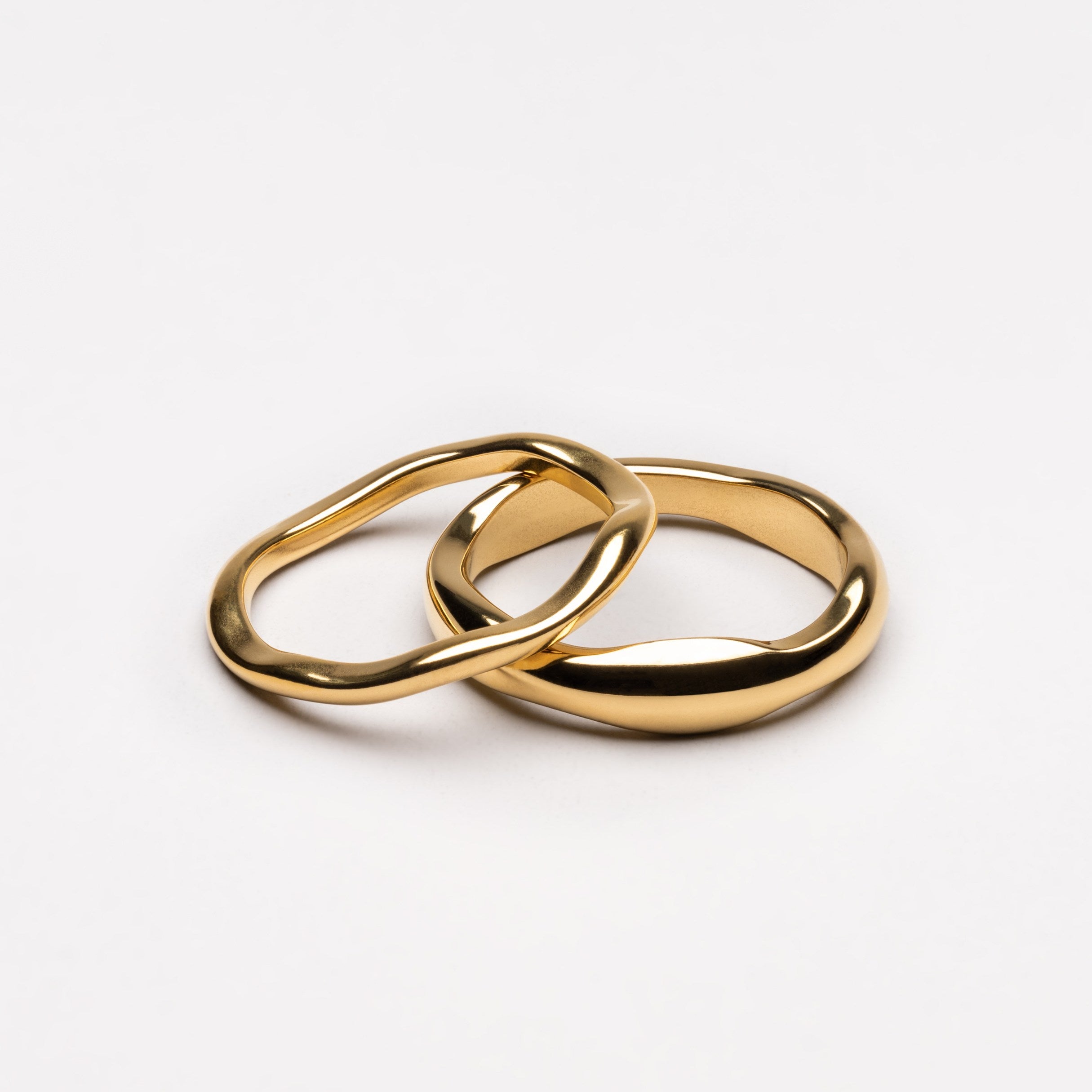
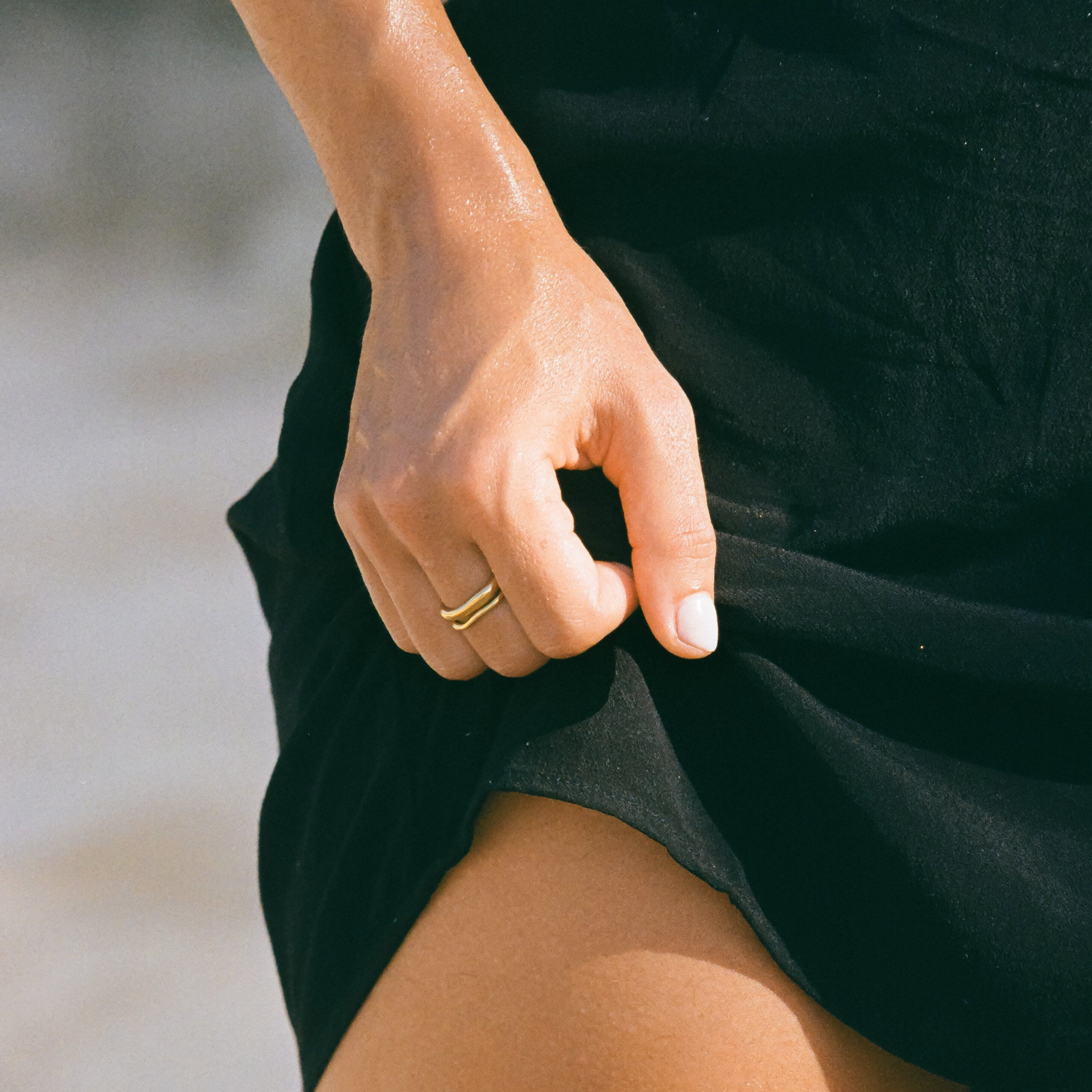
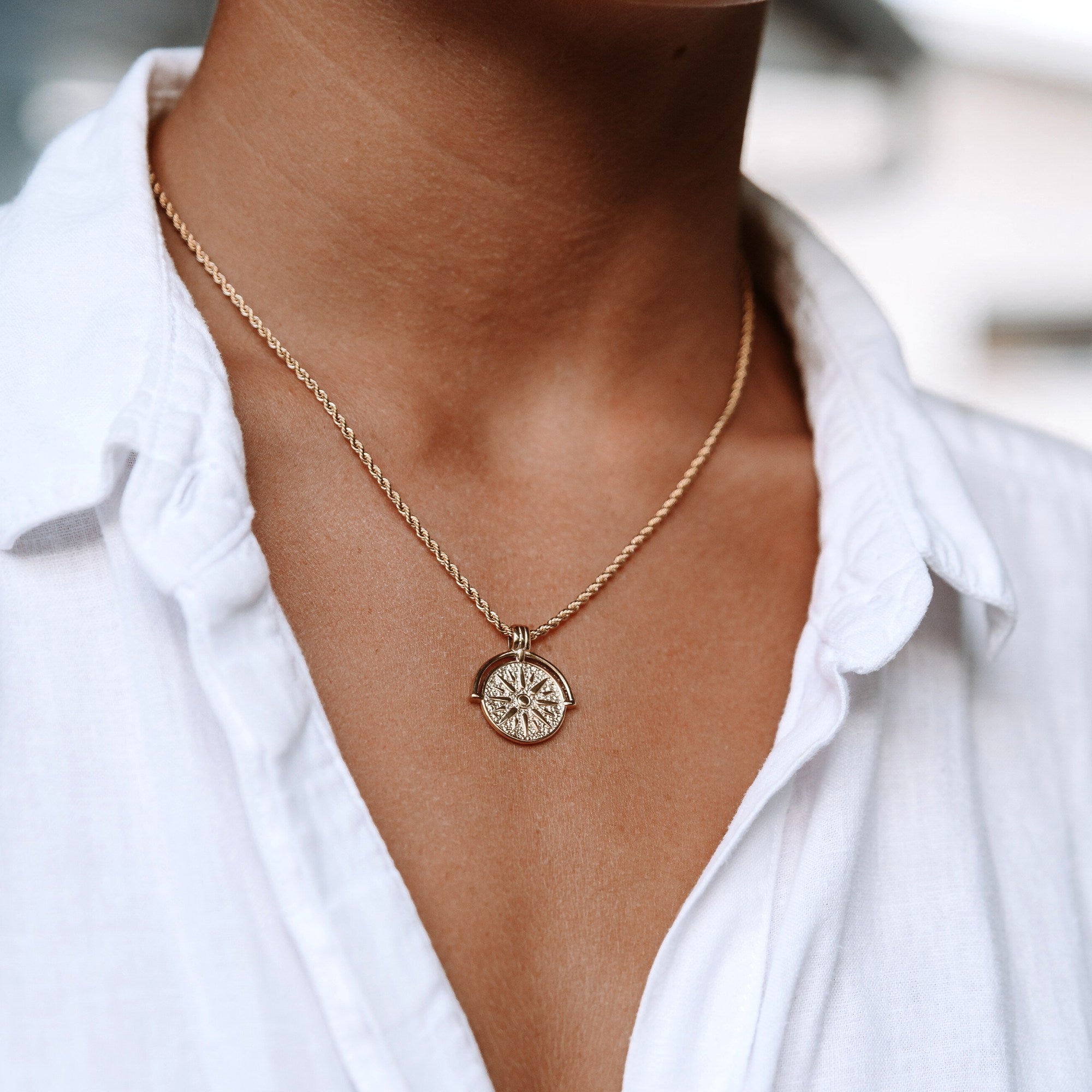
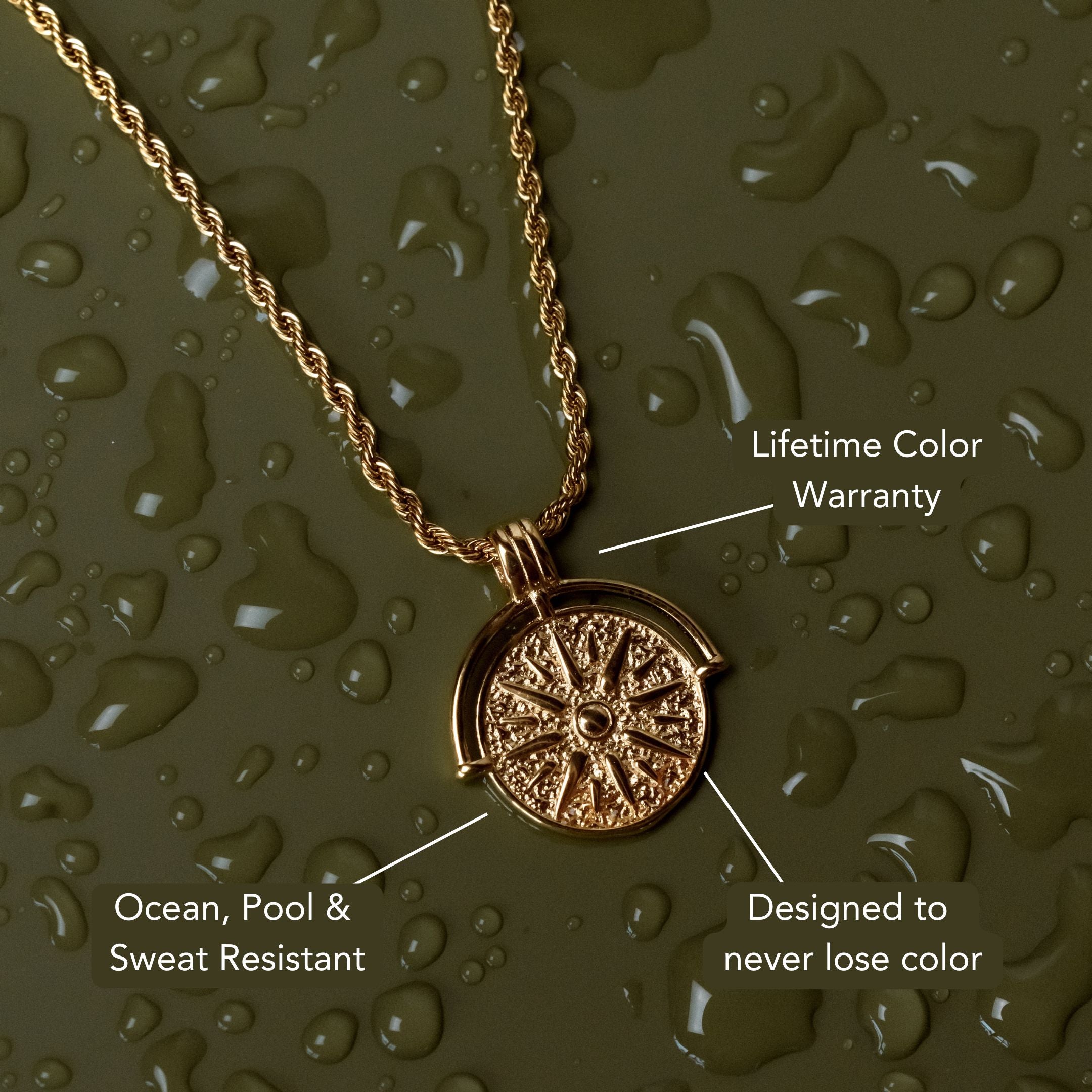
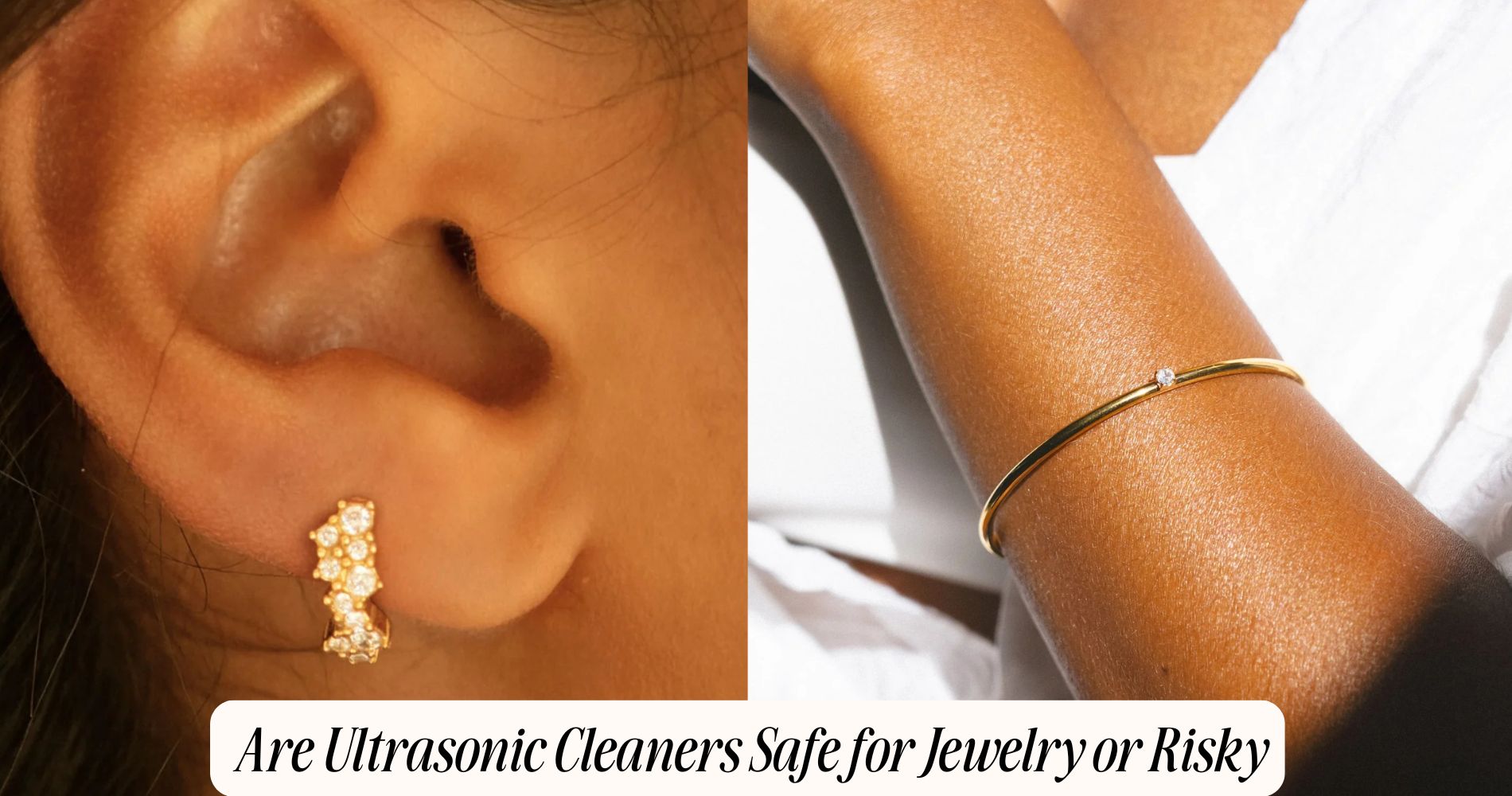
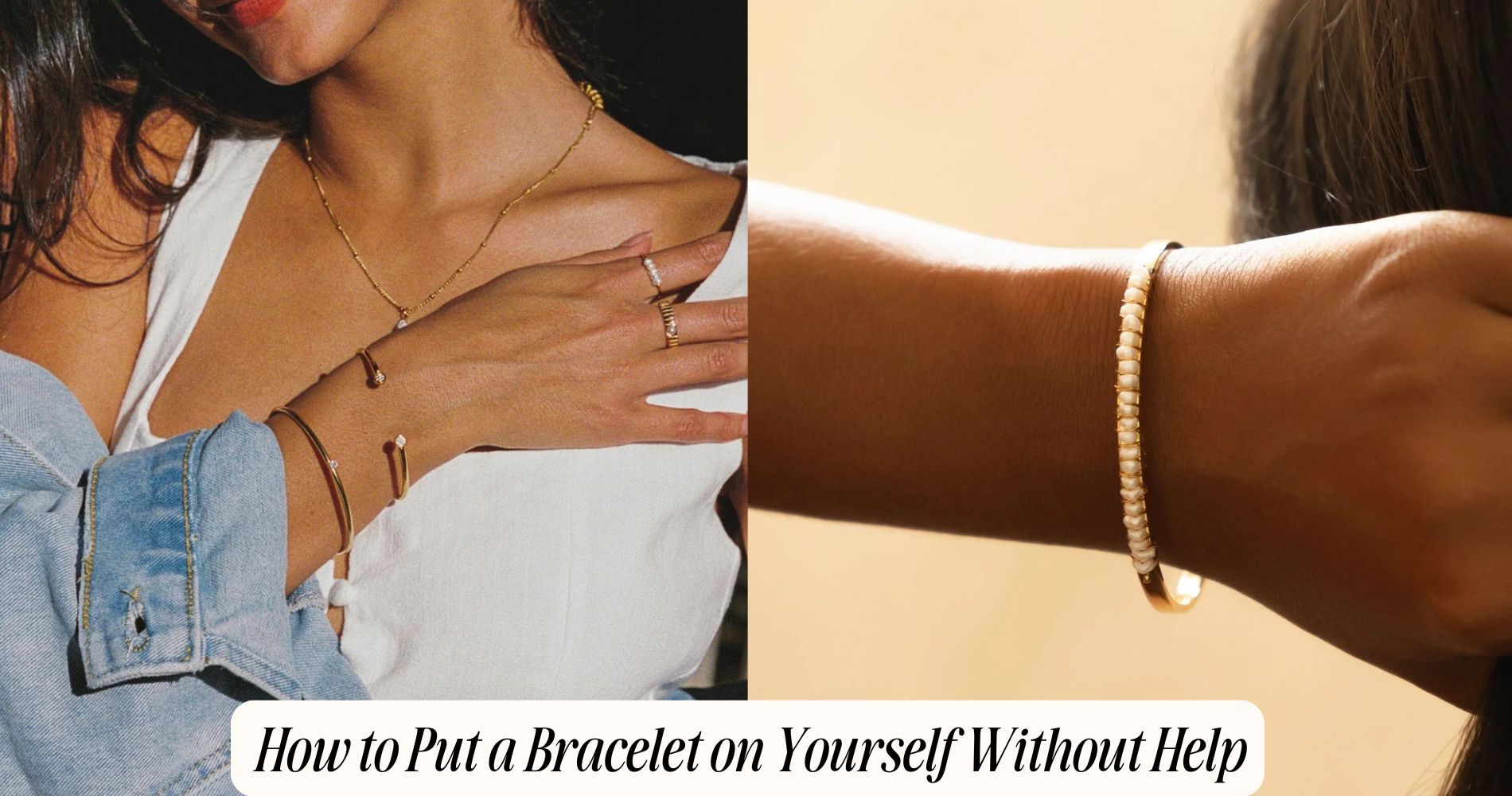




コメントを書く
このサイトはhCaptchaによって保護されており、hCaptchaプライバシーポリシーおよび利用規約が適用されます。